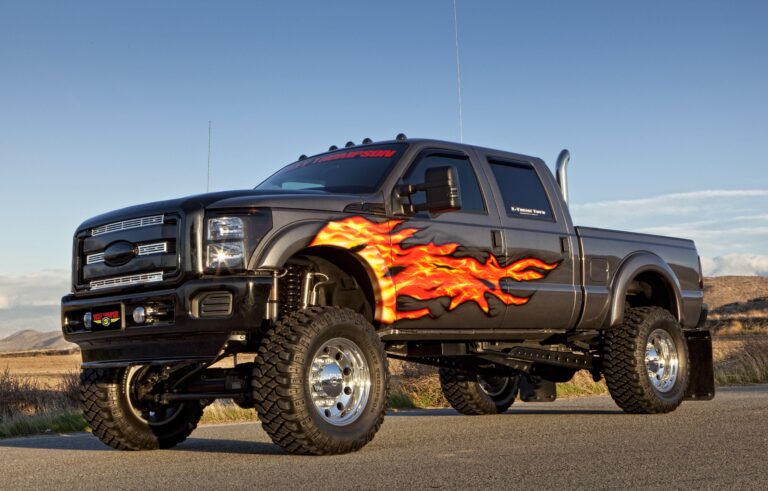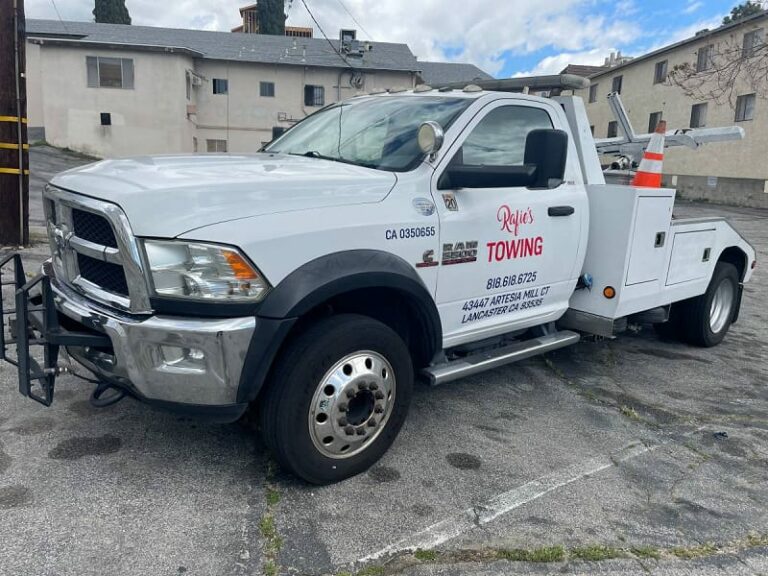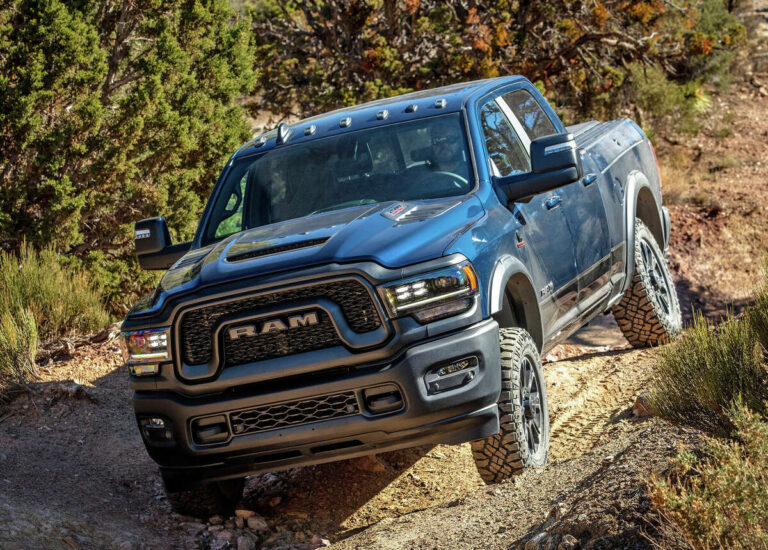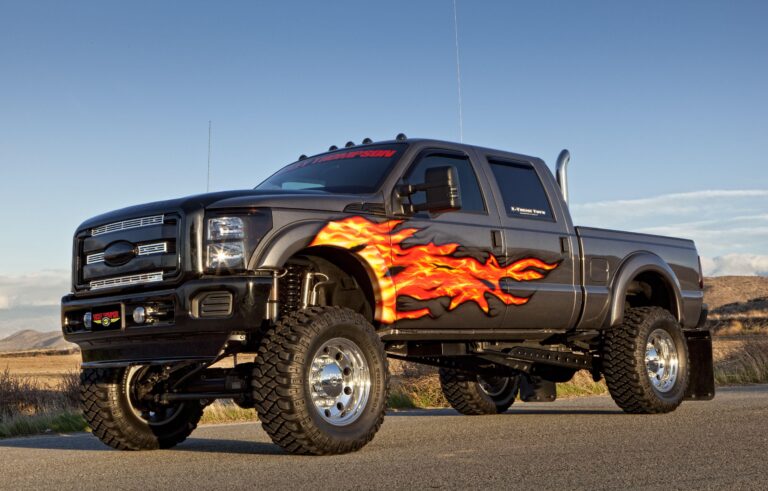3500 4×4 Diesel Trucks For Sale: Your Ultimate Guide to Heavy-Duty Powerhouses
3500 4×4 Diesel Trucks For Sale: Your Ultimate Guide to Heavy-Duty Powerhouses cars.truckstrend.com
In the world of heavy-duty pickups, few vehicles command as much respect and utility as the 3500 4×4 diesel truck. These formidable machines are the workhorses of choice for serious towers, off-road enthusiasts, and anyone requiring uncompromising power, durability, and capability. If you’re in the market for a truck that can haul mountains, traverse rugged terrain, and stand the test of time, understanding what makes a 3500 4×4 diesel tick is crucial. This comprehensive guide will navigate you through the ins and outs of these ultimate heavy-duty vehicles, helping you make an informed decision when searching for your next powerhouse.
What Defines a 3500 4×4 Diesel Truck?
3500 4×4 Diesel Trucks For Sale: Your Ultimate Guide to Heavy-Duty Powerhouses
At its core, a "3500" series truck denotes a one-ton, heavy-duty pickup designed for maximum payload and towing capacities. The "4×4" signifies its four-wheel-drive capability, essential for navigating challenging off-road conditions, slippery surfaces, or steep inclines with a heavy load. Finally, "diesel" refers to the compression-ignition engine, renowned for its immense torque output, superior fuel efficiency under load, and exceptional longevity compared to gasoline counterparts.
Together, these characteristics create a vehicle that is not just a mode of transport, but a vital tool for demanding tasks. From commercial hauling and agricultural work to towing large RVs or boats, or even serving as an expedition vehicle, the 3500 4×4 diesel truck is engineered for the most arduous challenges.
Why Choose a 3500 4×4 Diesel? The Undeniable Advantages
The appeal of a 3500 4×4 diesel truck extends far beyond its imposing size. Here’s why it stands out:
- Unmatched Towing and Payload Capacity: This is the primary reason most buyers opt for a 3500. Diesel engines generate significantly more torque, allowing them to pull trailers weighing upwards of 30,000 pounds (and sometimes more), while the heavy-duty chassis supports payloads exceeding 7,000 pounds.
- Superior Torque: Diesel engines produce peak torque at lower RPMs, which is ideal for getting heavy loads moving and maintaining speed on inclines without constant downshifting. This translates to less strain on the drivetrain and a smoother towing experience.
- Fuel Efficiency (Under Load): While diesel fuel is often more expensive, diesel engines are inherently more fuel-efficient, especially when working hard. They deliver better miles per gallon than gasoline engines when towing heavy loads, making long hauls more economical.
- Durability and Longevity: Diesel engines are built to withstand high compression and continuous heavy loads. They typically have a longer lifespan than gasoline engines, often exceeding 300,000-500,000 miles with proper maintenance, leading to excellent resale value.
- Off-Road Prowess with Capability: The 4×4 system provides crucial traction in mud, snow, sand, or rocky terrain, ensuring that even with a heavy load or a large camper, you can reach remote destinations.
- High Resale Value: Due to their durability, capability, and longevity, 3500 4×4 diesel trucks tend to hold their value exceptionally well, making them a sound investment.
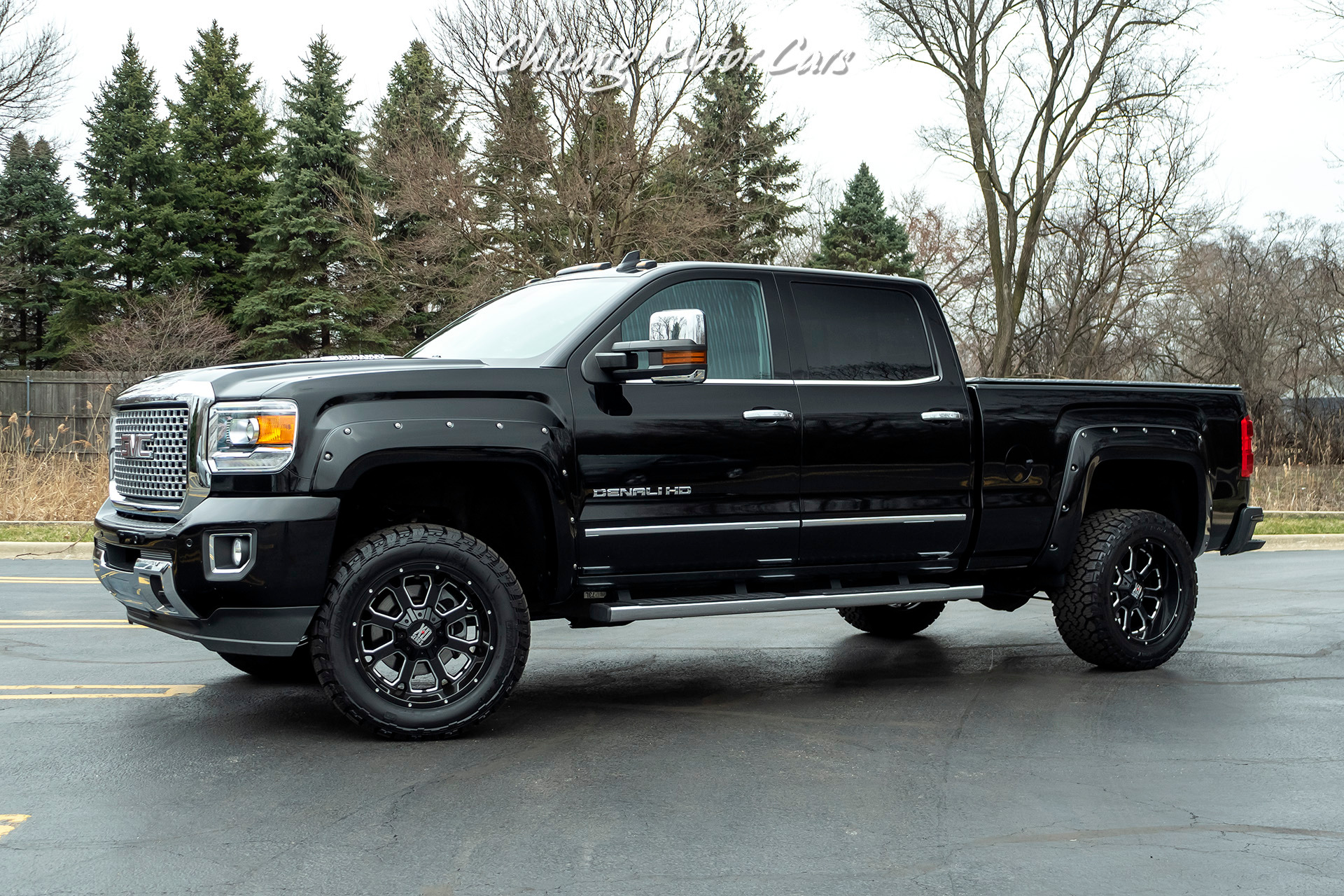
Key Features and Specifications to Look For

When exploring 3500 4×4 diesel trucks for sale, understanding the critical specifications will help you align the vehicle with your specific needs.
Engine Types
The heavy-duty truck market is dominated by three legendary diesel engines:
- Cummins (Ram): Known for its robust inline-six design, legendary reliability, and immense low-end torque.
- Power Stroke (Ford): A V8 powerhouse, offering strong performance and advanced technologies.
- Duramax (Chevrolet/GMC): Another V8, celebrated for its smooth power delivery, quiet operation, and strong performance.
Transmission
Most modern 3500 diesels come with heavy-duty automatic transmissions (e.g., Aisin for Ram, TorqShift for Ford, Allison for GM) designed to handle the massive torque outputs. Look for higher gear counts (6-speed, 8-speed, 10-speed) for better efficiency and smoother shifts.
Axle Ratios
Rear axle ratios (e.g., 3.42, 3.73, 4.10) significantly impact towing capacity and fuel economy. A higher numerical ratio (e.g., 4.10) provides more towing power but sacrifices some unloaded fuel efficiency. Match the ratio to your primary use case.
Towing and Payload Capacities
Always check the Gross Combined Weight Rating (GCWR), Gross Vehicle Weight Rating (GVWR), and maximum conventional and fifth-wheel/gooseneck towing capacities. These figures will dictate what you can safely and legally haul.
Dually vs. Single Rear Wheel (SRW)
- Dually (DRW): Features four tires on the rear axle (two on each side). This significantly increases stability, payload, and conventional towing capacity, making it ideal for heavy fifth-wheel trailers or commercial hauling.
- Single Rear Wheel (SRW): More maneuverable, less expensive, and generally preferred for lighter towing or as a daily driver where maximum capacity isn’t required.
Cab Configurations and Bed Lengths
- Regular Cab: Two doors, single row of seating. Max towing/payload.
- Extended Cab (Quad Cab/SuperCab): Smaller rear doors, limited rear seating.
- Crew Cab (Mega Cab/SuperCrew): Four full-size doors, spacious rear seating. Most popular for families or crews.
- Bed Lengths: Typically 6.5-foot (short box) or 8-foot (long box). Long boxes are necessary for many fifth-wheel hitches and offer more cargo space.
Top Manufacturers and Popular Models
The market for 3500 4×4 diesel trucks is dominated by the "Big Three" American automakers, each offering compelling options:
- Ram 3500 (with Cummins Diesel): Renowned for its class-leading torque (especially in High Output configurations), luxurious interiors, and robust coil-spring rear suspension options that offer a smoother ride.
- Ford F-350 Super Duty (with Power Stroke Diesel): A perennial bestseller, the F-350 boasts impressive towing figures, advanced technology features, and a reputation for being built Ford Tough.
- Chevrolet Silverado 3500HD / GMC Sierra 3500HD (with Duramax Diesel): GM’s offerings are praised for their refined driving dynamics, powerful Duramax engine paired with the smooth Allison transmission, and comfortable cabins.
Buying New vs. Used 3500 4×4 Diesel Trucks
The decision to buy new or used largely depends on your budget, desired features, and risk tolerance.
New 3500 4×4 Diesel
Pros: Full warranty, latest technology, customizable, no prior wear and tear, often comes with incentives.
Cons: Higher upfront cost, rapid depreciation in the first few years.
Used 3500 4×4 Diesel
Pros: Significant cost savings, depreciation already occurred, wider selection of model years/trims, proven reliability (for well-maintained units).
Cons: No factory warranty (or limited), potential for hidden issues, wear and tear, older technology, unknown maintenance history.
Crucial Considerations for Used Trucks:
- Mileage: Diesel engines can last hundreds of thousands of miles, but higher mileage usually means more wear on other components.
- Maintenance Records: Essential for understanding past care, especially for emissions systems (DPF, DEF).
- Rust: Inspect the frame, body panels, and brake lines thoroughly, especially in areas where road salt is used.
- Modifications: Be wary of excessive aftermarket modifications, especially to the engine or transmission, as they can void warranties and cause reliability issues if not done properly.
- Emissions Systems: Older diesels pre-2007.5 might not have DPF, and pre-2010 might not have DEF, which can simplify maintenance but may also be less environmentally friendly. Modern systems require specific fluids and maintenance.
What to Inspect Before Buying (New or Used)
A thorough inspection is paramount, especially for a used 3500 diesel.
- Engine: Look for leaks (oil, coolant, fuel), listen for unusual noises (knocking, ticking), check exhaust color (excessive blue or black smoke is a red flag), and ensure proper fluid levels.
- Transmission: Check fluid color and smell. Test drive to ensure smooth shifts without slipping, shuddering, or harshness.
- 4×4 System: Engage 4-High and 4-Low, ensuring it shifts smoothly and the indicator light comes on. Test on a safe, unpaved surface if possible.
- Chassis and Suspension: Look for bent components, excessive rust, worn bushings, and signs of neglect. Check shocks and springs.
- Brakes: Test for pulsation, pulling, or excessive pedal travel. Inspect pad and rotor wear.
- Tires: Check tread depth and for uneven wear, which could indicate alignment or suspension issues.
- Exterior/Interior: Check for body damage, paint condition, interior wear and tear, and functionality of all electronics.
- Service Records: Request all available maintenance and repair records.
- Pre-Purchase Inspection (PPI): For used trucks, invest in a PPI by a trusted mechanic specializing in diesel trucks. This can uncover hidden issues and save you thousands in future repairs.
Financing and Insurance Considerations
- Financing: Heavy-duty diesel trucks are a significant investment. Be prepared for potentially higher interest rates on older or very high-mileage used vehicles. Secure pre-approval from banks or credit unions before visiting dealerships.
- Insurance: Due to their higher value, repair costs, and powerful engines, 3500 4×4 diesels typically have higher insurance premiums than lighter-duty trucks. Get quotes from multiple providers.
Maintenance and Ownership Tips
Owning a 3500 4×4 diesel requires diligent maintenance to ensure its longevity and performance.
- Regular Fluid Changes: Engine oil, transmission fluid, differential fluids, and coolant are critical. Follow manufacturer’s severe-duty schedules if you tow or haul frequently.
- Fuel Filter Maintenance: Diesel fuel filters need regular replacement to protect the sensitive fuel injection system.
- Emissions System Care: If equipped with a Diesel Particulate Filter (DPF) or Selective Catalytic Reduction (SCR) with Diesel Exhaust Fluid (DEF), understand their maintenance requirements and regeneration cycles. Neglecting these can lead to costly repairs.
- Tire Rotation and Balancing: Essential for even tire wear and handling, especially with heavy loads.
- Underload Operation: These trucks are designed to work. Occasional towing or hauling can actually be beneficial, keeping the engine and emissions systems operating optimally.
- OEM Parts: While aftermarket parts can save money, critical engine and drivetrain components are often best replaced with OEM (Original Equipment Manufacturer) parts for reliability.
Common Challenges and Solutions
While incredibly capable, 3500 4×4 diesels do present some common challenges:
- Emissions System Issues: DPF and DEF systems can be prone to sensor failures or clogging, especially with short trips or excessive idling. Solution: Regular highway driving, proper DEF fluid use, and prompt attention to warning lights.
- Higher Maintenance Costs: Parts and labor for diesel engines can be more expensive than gasoline engines. Solution: Stick to preventative maintenance, budget for repairs, and find a reputable diesel mechanic.
- Maneuverability and Parking: Their sheer size can make urban driving and parking a challenge. Solution: Practice, utilize parking assists/cameras, and plan routes accordingly.
- Initial Purchase Price: Both new and used 3500 diesels are a significant investment. Solution: Save up, research financing options, and consider a slightly older model year to fit your budget.
Representative Price Ranges for 3500 4×4 Diesel Trucks For Sale (Estimated)
Please note: These are highly variable estimates based on market conditions, mileage, condition, trim level, optional features, and geographical location. Always research specific vehicles and get a professional appraisal.
| Condition / Year Range | Ram 3500 4×4 Diesel | Ford F-350 4×4 Diesel | Chevy/GMC 3500HD 4×4 Diesel | Notes |
|---|---|---|---|---|
| New (2024-2025) | $70,000 – $100,000+ | $72,000 – $105,000+ | $70,000 – $100,000+ | Price varies wildly by trim (Tradesman vs. Limited), dually vs. SRW, and added packages. High-end trims can exceed $100K. |
| Used (2020-2023) | $55,000 – $80,000 | $58,000 – $85,000 | $55,000 – $80,000 | Low mileage, excellent condition. Often still under powertrain warranty. High demand keeps prices firm. |
| Used (2015-2019) | $35,000 – $55,000 | $38,000 – $60,000 | $35,000 – $55,000 | Mid-range mileage (50k-150k miles). Good balance of modern features and value. Check emissions system history. |
| Used (2010-2014) | $20,000 – $35,000 | $22,000 – $38,000 | $20,000 – $35,000 | Higher mileage (100k-250k miles). May require more immediate maintenance. Emissions systems (DPF/DEF) present. |
| Used (Pre-2010) | $10,000 – $25,000 | $12,000 – $28,000 | $10,000 – $25,000 | Highest mileage. Potential for pre-emissions models (before DPF/DEF), which can be appealing to some. Condition is key. |
Note: Prices do not include taxes, fees, or potential reconditioning costs. Always check multiple sources and consider a pre-purchase inspection.
Frequently Asked Questions (FAQ)
Q: What does "3500" mean in a truck’s name?
A: "3500" signifies a one-ton heavy-duty pickup truck, indicating its classification for maximum payload and towing capacities within a manufacturer’s lineup (e.g., Ford F-350, Ram 3500, Chevrolet/GMC 3500HD).
Q: Why choose a diesel engine over a gasoline engine for a 3500 truck?
A: Diesel engines offer significantly more torque, which is crucial for heavy towing and hauling. They also provide better fuel efficiency when under load, greater durability, and a longer lifespan, leading to higher resale values.
Q: What’s the difference between SRW and DRW?
A: SRW (Single Rear Wheel) trucks have one tire on each side of the rear axle, while DRW (Dual Rear Wheel), or "dually" trucks, have two tires on each side. DRW trucks offer superior stability, payload, and conventional towing capacity, making them ideal for very heavy loads or large fifth-wheel trailers.
Q: Can I daily drive a 3500 4×4 diesel truck?
A: Yes, many people do. However, their large size can make parking and navigating tight spaces challenging. Fuel economy when unloaded may also be lower than lighter-duty vehicles, and maintenance costs can be higher.
Q: Are diesel trucks more expensive to maintain?
A: Generally, yes. Diesel engines use specialized parts, require specific fluids (like DEF), and their components are often more robust and therefore more expensive to replace. However, their longer lifespan can offset these costs over the vehicle’s lifetime.
Q: What is DEF, and does my truck need it?
A: DEF stands for Diesel Exhaust Fluid. It’s a non-toxic liquid used in Selective Catalytic Reduction (SCR) systems to reduce nitrogen oxide emissions from diesel engines. Most diesel trucks manufactured after 2010 require DEF. It needs to be refilled periodically, similar to fuel.
Conclusion
The 3500 4×4 diesel truck is an unparalleled marvel of engineering, built for those who demand the utmost in capability, power, and reliability. Whether you’re a contractor, an RVer, an off-road adventurer, or someone with substantial hauling needs, these trucks offer a robust solution. By understanding the key features, knowing what to look for during inspection, and committing to diligent maintenance, you can confidently navigate the market for 3500 4×4 diesel trucks for sale and find a powerhouse that will serve you faithfully for years to come. Invest wisely, and your heavy-duty diesel will be an invaluable asset.
